Vintage car repair
crack in water jacket
A crack in the water jacket of the engine block is most often caused by frost damage. In the days when one did not drive with cold protection in the coolant, it was unfortunately often forgotten to drain the water out in time. The result? At the first sub-zero temperatures, the coolant froze and the water jacket was damaged. However, since the cracks appeared either with a time delay or not immediately in the full wall thickness of the water jacket, they were not discovered.
One continued to drive unknowingly. The vibrations of the engine or even progressive corrosion sometimes only cause the crack in the water jacket to become clearly noticeable after decades.
If you come to us, we first examine the engine block under a high-resolution microscope. If it is necessary, for example, because there is a whole series of cracks in the water jacket, we also have the option of X-raying the water jacket in order to reliably detect all defects.
Following the analysis, we seal the cracks safely and reliably using a laser welding process, so that you can continue to enjoy your vehicle for decades to come.
Crack in
water jacket
Leakage on the outside of the water jacket
Aluminium motor: Welding with a matched aluminium alloy as an additive.
Depending on the classic car model, we can also weld the engine manually while it is still installed. This avoids cost-intensive disassembly.
The defective area of the classic car engine, the crack in the water jacket, is ground out, welded with a laser and then pressure-tested to rule out further leaks.
Depending on the material of the classic car engine, we use additives for welding.
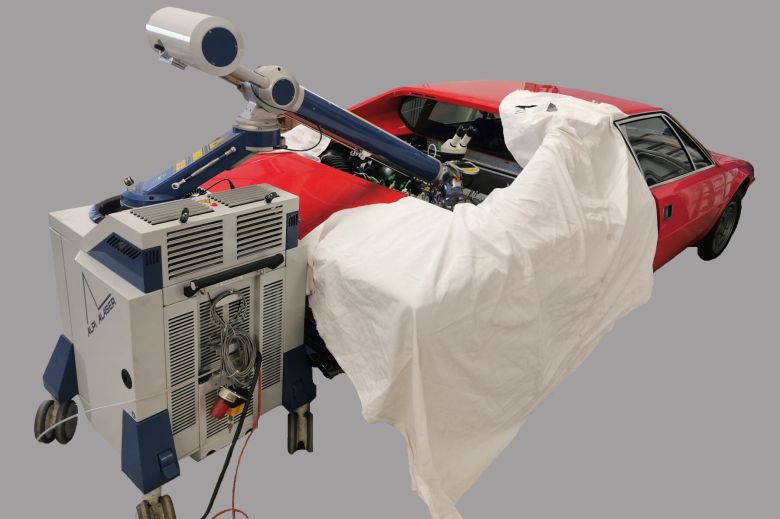
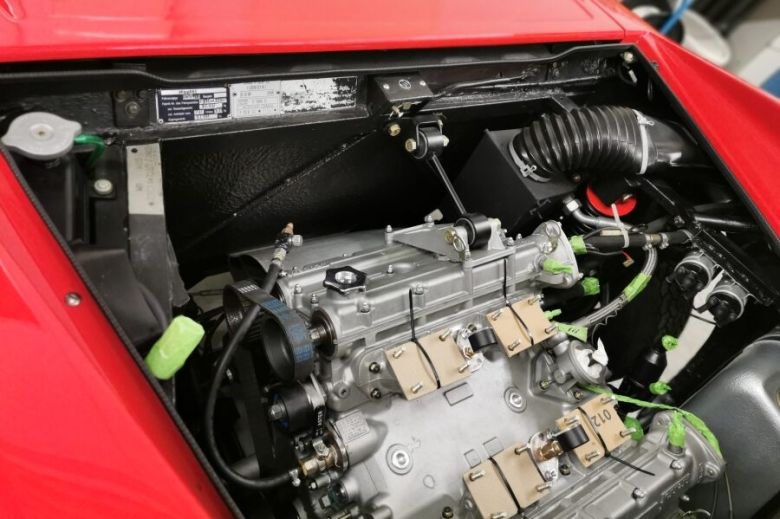
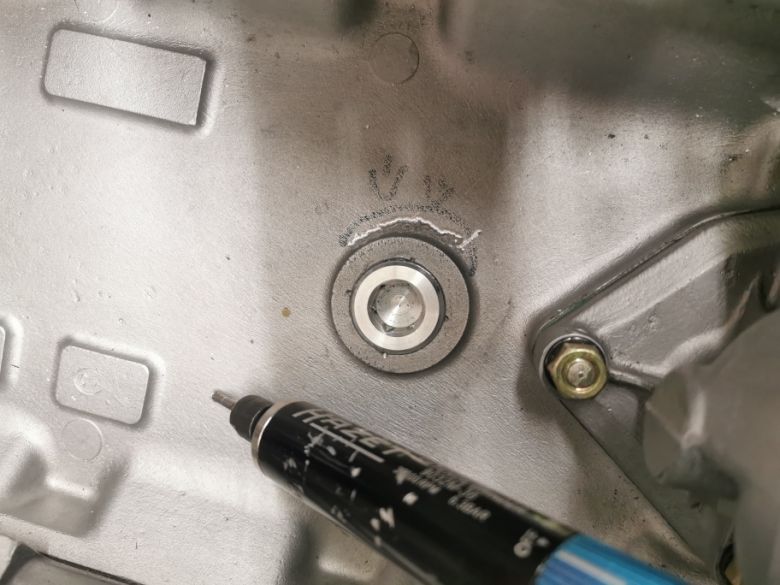
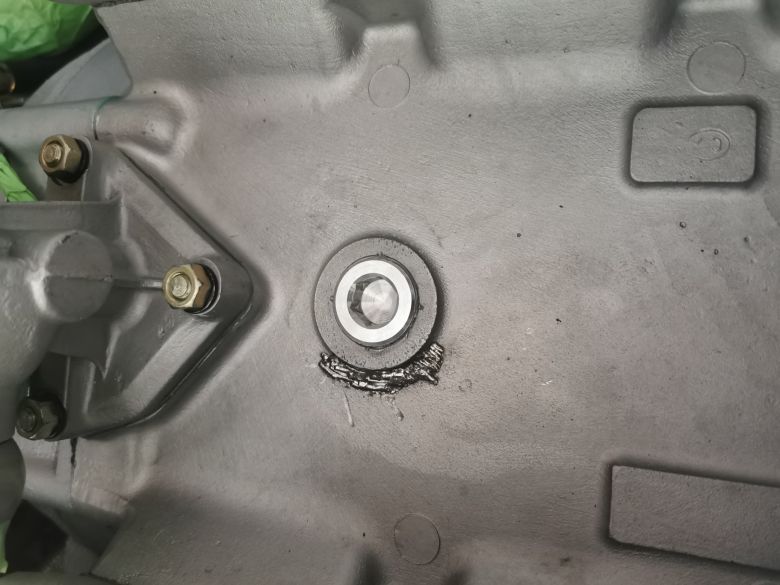
Vintage Ferrari Dino
Crack in
water jacket
Welding cast iron / grey cast iron
In the 1920s / 1930s, the component to be welded was heated up to 700 °C, welded and cooled down very, very slowly. For this purpose, the parts were usually buried in clay in the past. Today, many workshops still do it in a similar way with the help of modern heating ovens. The decisive disadvantage of this method is that all relevant measurements for valve or piston clearance, for example, are lost and have to be restored in a very time-consuming and cost-intensive manner.
At TM Classic Cars we have developed our own cold welding technique with which we can recondition and reliably repair almost 90% of such cases. With the laser, we can weld almost distortion-free, so that all dimensions remain untouched and costly reworking is no longer necessary.
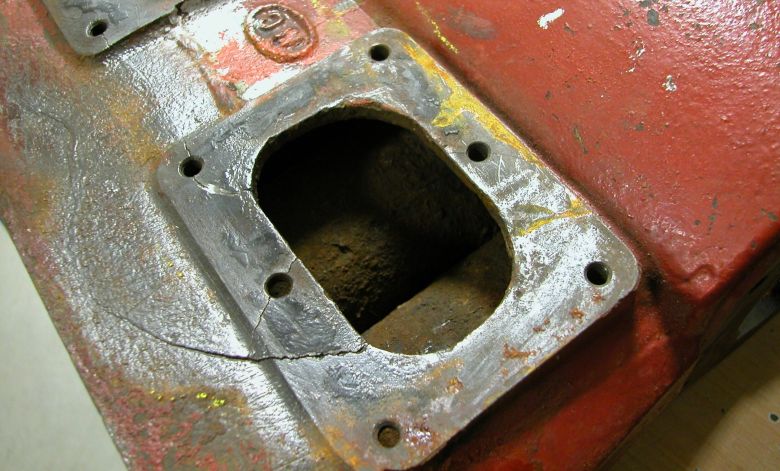
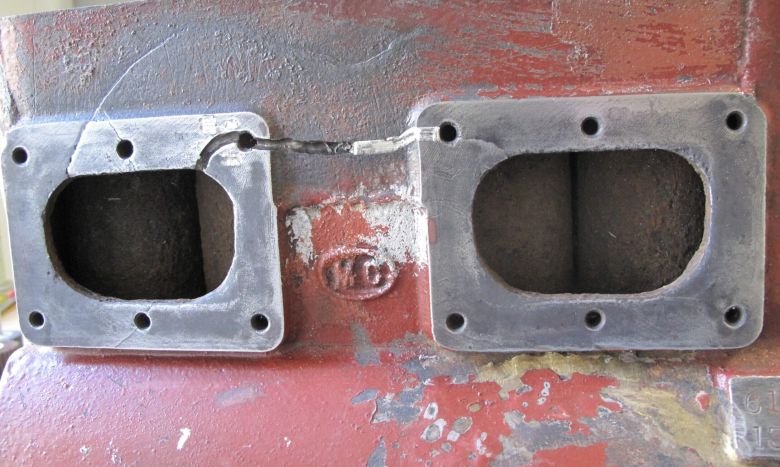
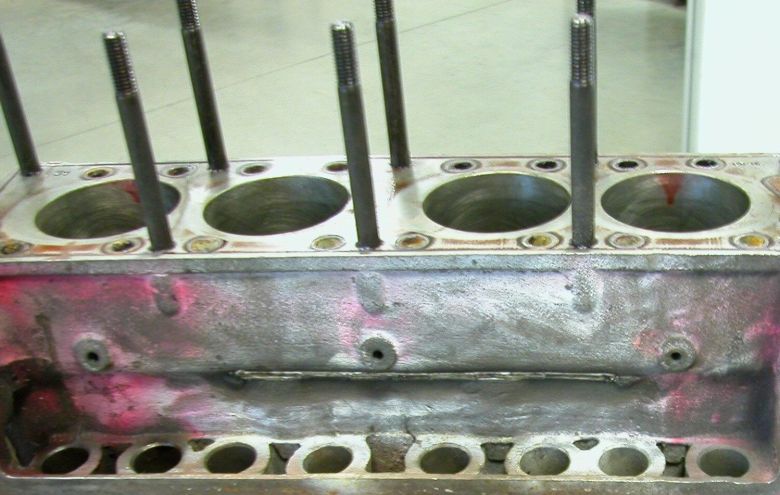
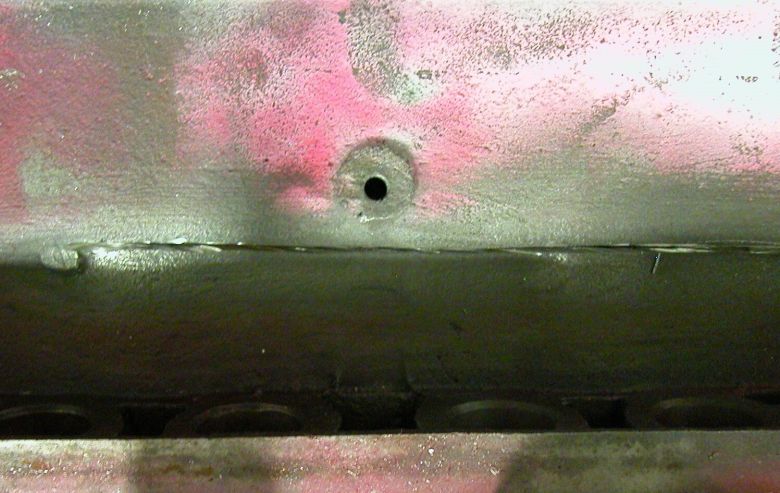
Vintage MG PA Midget